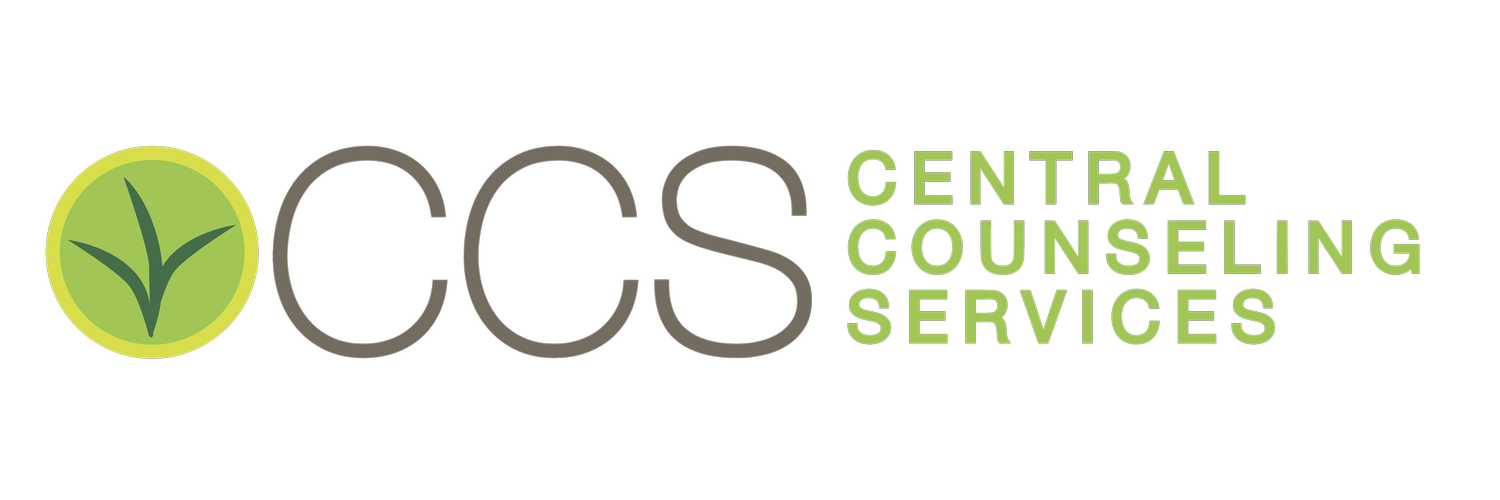Blog



Breath Awareness, a profound practice to transform your life & find eternal peace within!
By breathing deeply, we can heal our bodies and shift our consciousness to higher levels of vibrations. Breath awareness helps us to relax and welcome our most authentic self.


Mindfulness For All
It is part of mindfulness practice to realize that suffering comes from believing that things should be other than they are in the given moment. If you are suffering in the present moment—oppression, discrimination, hunger, joblessness, etc— this may seem like a cruel statement, but it's actually not. It's solid advice, allowing you to take action and stay safe.
